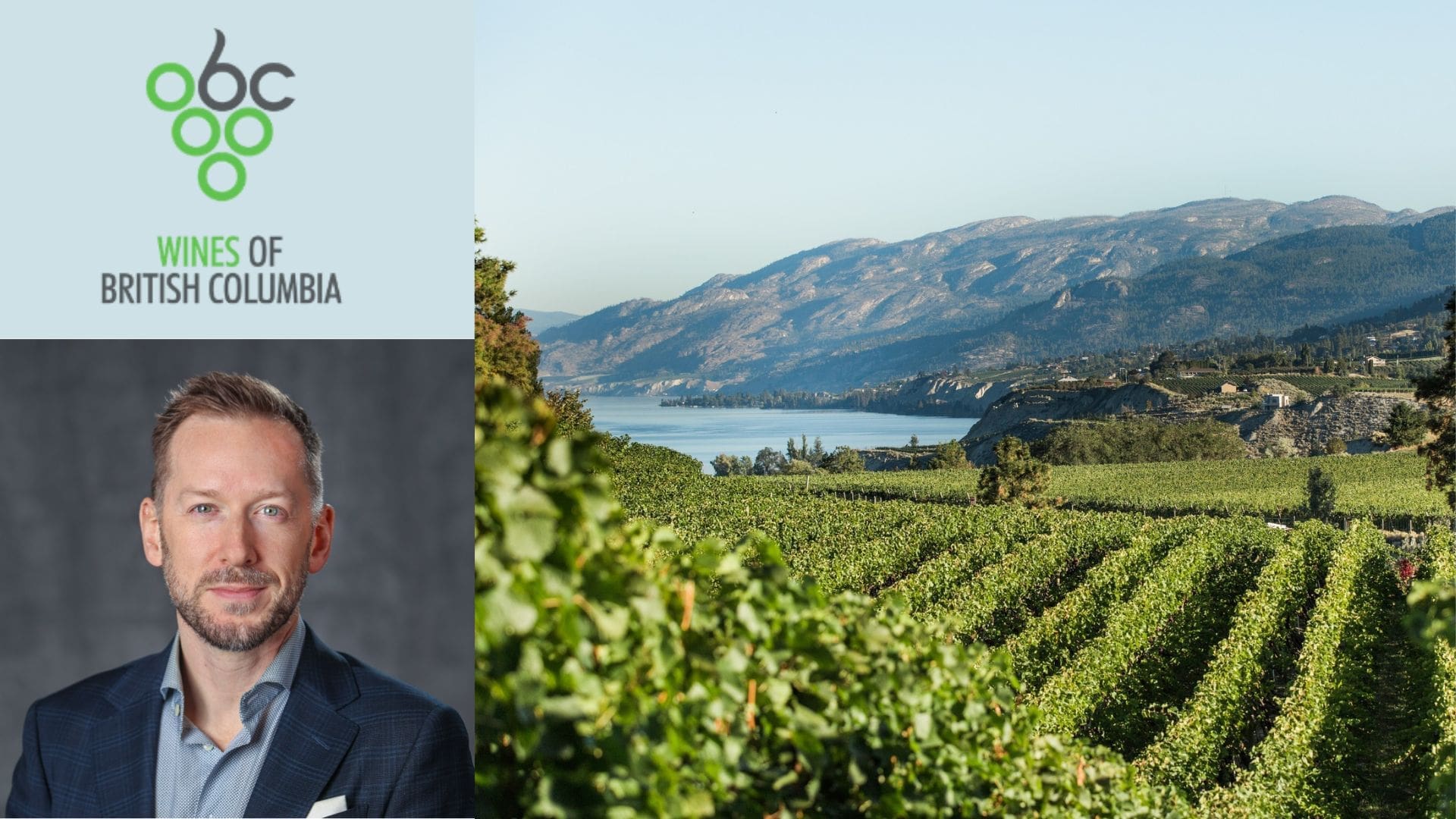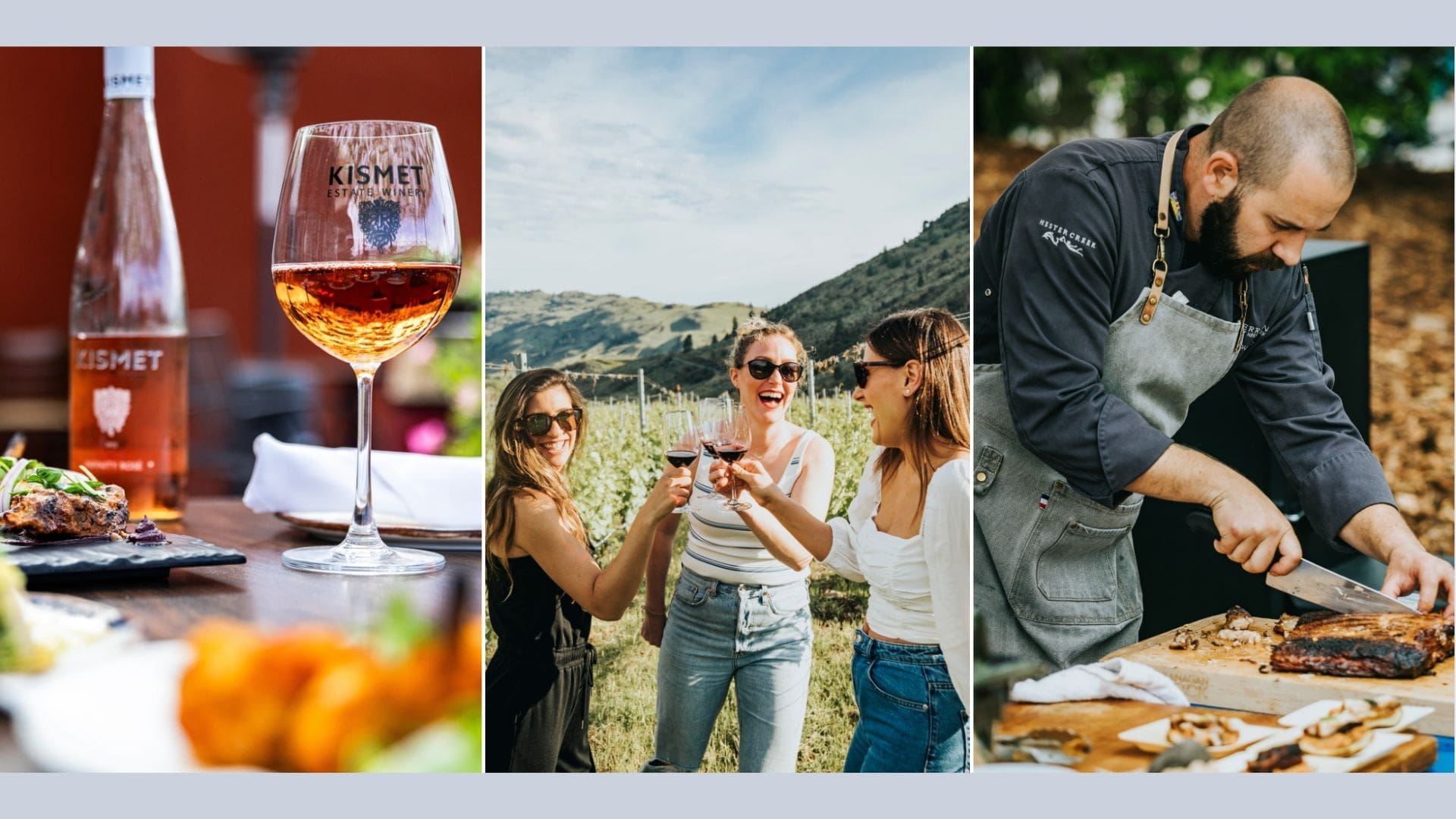Rye whiskey used to be a preferred tipple in the United States but it nearly vanished after Prohibition. Thankfully, though, this spicy, honeyed spirit is coming back, with sales growing 20 percent in 2015. And while Northwest distillers don’t make very much of it, what they do make is delicious.
One reason Northwest rye whiskey is rare is because Northwest rye grain is rare. Washington State University plant breeder Kevin Murphy says that even though rye is easy to grow, farmers seldom plant it as it is often less valuable than other crops. Further, it always comes back uninvited, decreasing the value of the next crop if it is not hand-pulled, also known as “roguing,” which many farmers did as kids — and do not wish to revisit.
“They all have memories of going out in July, walking the fields, roguing the rye out — and they don’t want to do that again,” Murphy says.
Rye can also be a hassle to work with. “It’s kind of a pain to ferment and distill because it has a lot of protein and foaming issues,” explains Ryan Montgomery of Montgomery Distillery in Missoula, Montana.
Montgomery makes his Sudden Wisdom rye whiskey with 100 percent rye, something rarely done. Since Montana rye is scarce, Sudden Wisdom currently contains Canadian grain, but now that Montgomery is growing at his parents’ Montana farm, the distillery’s future releases will be completely Montana-made.
Stein Distillery in Joseph, Oregon, also grows its own rye, just three miles from the distillery. Stein is a family-run operation where the people that plant, grow and harvest the rye also turn it into whiskey.
“Since we started, the rye has outsold our bourbon,” says master distiller Dan Stein. “I think rye is getting a lot more popular.”
Each year they grow about 10 acres of winter cereal rye, which they make into vodka, two- and five-year straight rye whiskeys and three blended whiskeys. The Big Buck blended whiskey has the most rye of their blends and has received several nods for its rye-forward characteristics.
In Seattle, the only kind of whiskey Fremont Mischief makes is rye, sourcing Dark Northern or Tymbo (also called Giant) varieties from small local farms and emphasizing the maturity that barrel aging can bring. Using 80 percent rye and 20 percent barley from Skagit Valley Malting, the maker produces six rye whiskeys, including two “Storm Tossed” expressions matured at sea on boats from Discovery Channel’s “Deadliest Catch.” Aged in new and used 53-gallon bourbon barrels, their whiskeys are between two and seven-years-old.
“We were the number four distiller in the state and the first thing we did was put whiskey in the barrel,” says Patti Bishop, co-owner of Fremont Mischief. That forward thinking has given them plenty of mature stock and their best-seller is the four-to five-year-old single-cask Dark Northern Reserve.
Like Fremont Mischief, Stein and Montgomery also understand the importance of barrel-aging rye and both filled 53-gallon barrels upon opening. Montgomery’s two-year Sudden Wisdom releases always sell out, and they will soon offer three-year-plus aged expressions alongside sherry-, sauterne- and cognac-barrel-finished versions.
For British Columbia’s Okanagan Spirits Craft Distillery, aging spirits wasn’t just a business model, it was a requirement: In Canada, it isn’t whisky until it turns three. Fortunately, they started maturing rye whisky as soon as they opened in 2004, and now demand is so strong that their 2015 release sold out in 23 minutes.
With two locations in Vernon and Kelowna, Okanagan Spirits contracts with farmers to grow the rye 10 kilometers from the Vernon distillery, and CEO Tyler Dyck says that’s important because the spirit demonstrates their local terroir.
“We want the flavor profile to be specific to the region in which we’re making it,” he explains, noting how the Canadian demand for rye has increased in recent years.
Bishop at Fremont Mischief agrees, admitting that when they first opened many customers didn’t even know what rye whiskey was. Now they definitely do.
“We had a woman walk in the other day and she said, ‘Rye is my new bourbon,’” Bishop recalls. “I thought that was a great quote. We’ll probably make a T-shirt.”
This article originally ran in the fall print issue of Sip Northwest magazine. For the complete story and more like this, click here.








